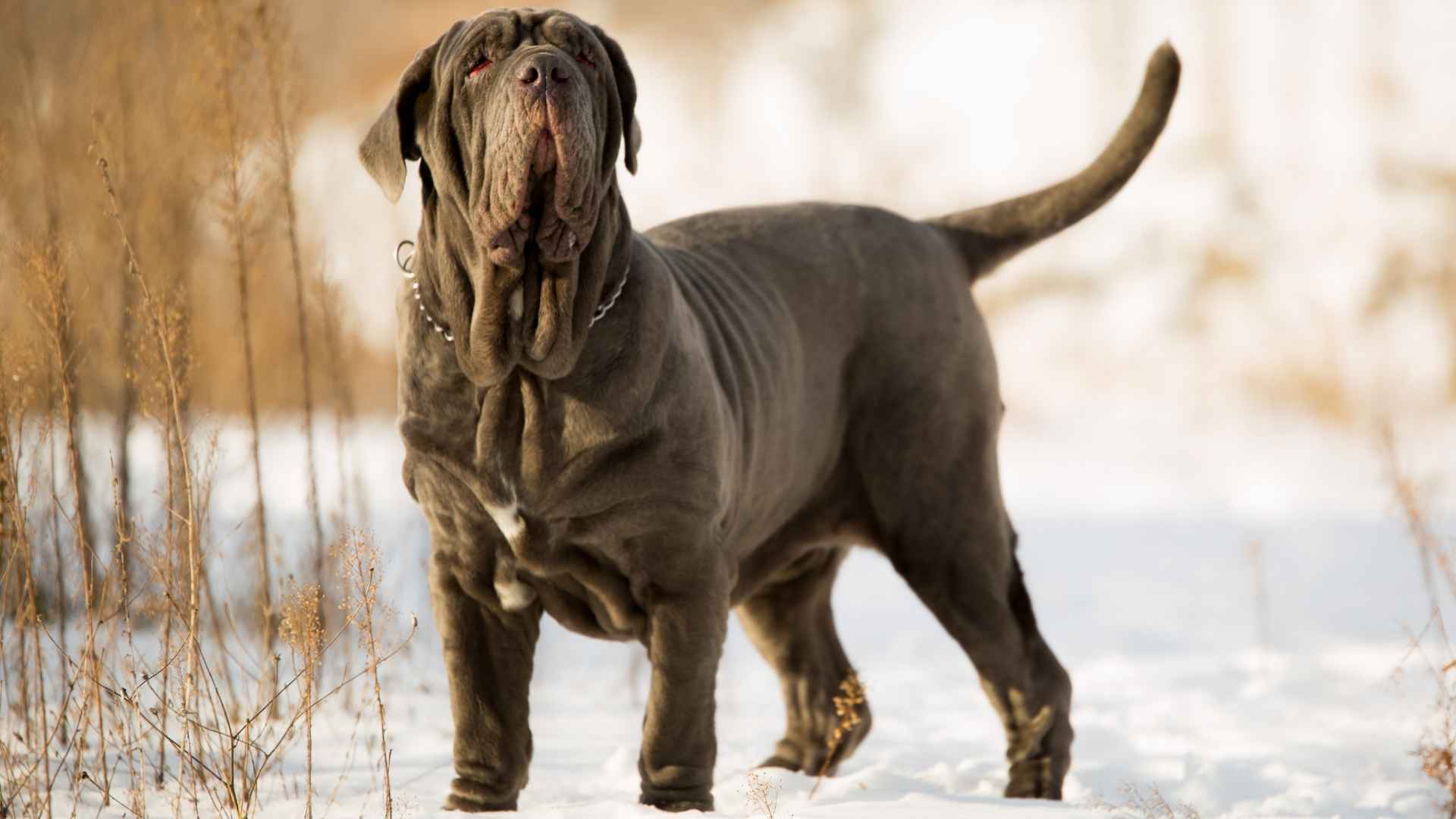Ever seen a dog so big it makes you do a double-take? Big dogs aren’t just pets—they’re jaw-droppers that turn heads wherever they go. These gentle giants need special care, more space, and yes, bigger food bills!
But what they give back is huge too: more fur to hug, bigger smiles, and hearts as massive as their paws. While some folks worry about having enough room or dealing with all that fur, big dog lovers know the truth—these supersized pooches are often the sweetest, calmest friends you could ask for.
Whether you’re thinking about bringing home your own giant buddy or just love seeing these amazing animals, get ready to meet seven of the biggest, most amazing dog breeds on the planet.
These aren’t just big dogs—they’re really BIG dogs that might have you wondering if they’re part bear!
Really Big Dog Breeds
1. Irish Wolfhound
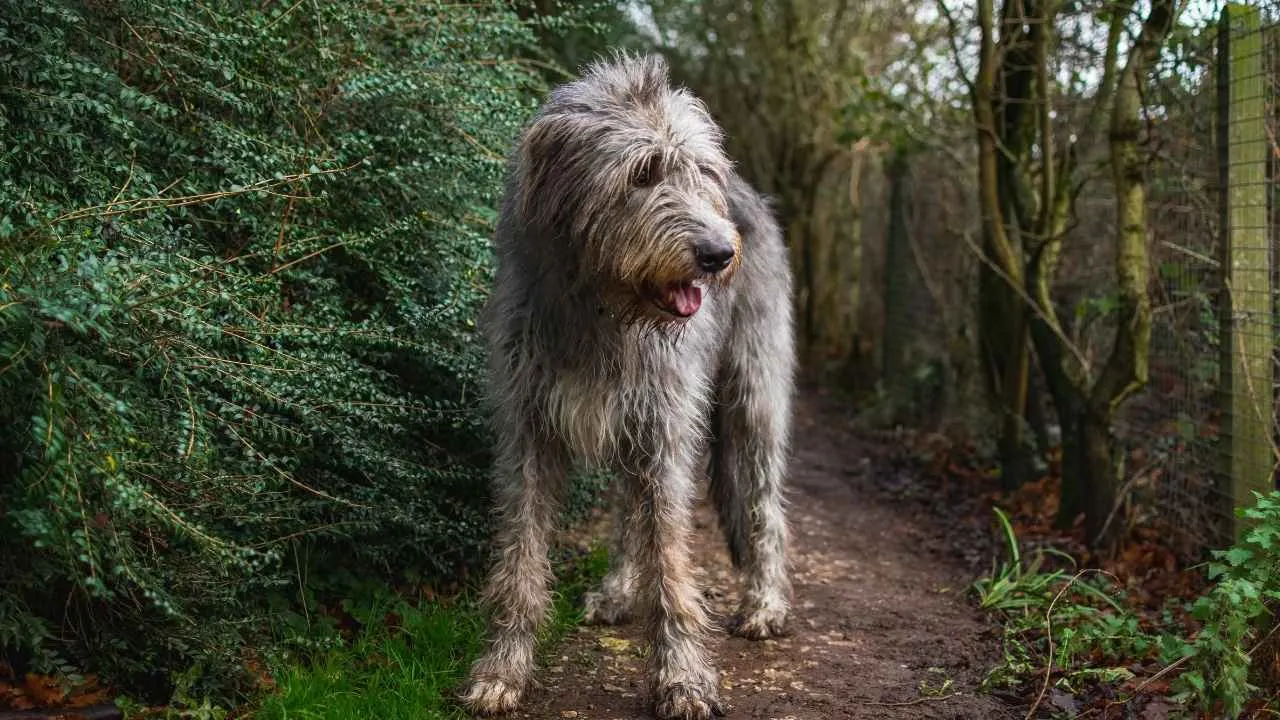
Among the biggest dog breeds in the world, the Irish Wolfhound stands out—not just for its striking size, but for its noble history and gentle temperament. Males often exceed 32 inches in height and can weigh upwards of 140 pounds, making them one of the tallest large dogs you’ll ever meet.
Grace Over Gruff
Despite their impressive stature, Irish Wolfhounds are famously calm, affectionate, and patient. They’re often described as “gentle giants” and thrive in peaceful, family-oriented environments.
Their affectionate nature makes them well-suited to households with children or other pets, though their sheer size means playtime should always be supervised.
Needs of a Noble Breed
These large dogs aren’t hyperactive, but they do need regular, moderate exercise—think long walks or fenced-in areas to stretch their legs, as WebMD stated. Due to their size and rapid growth rate, it’s essential to monitor their diet, especially during puppyhood, to avoid stress on developing joints.
They’re not known for longevity; most Irish Wolfhounds live between 6 to 8 years. Common health concerns include heart disease (especially dilated cardiomyopathy) and bone cancer, so regular vet checkups are essential.
2. Newfoundland
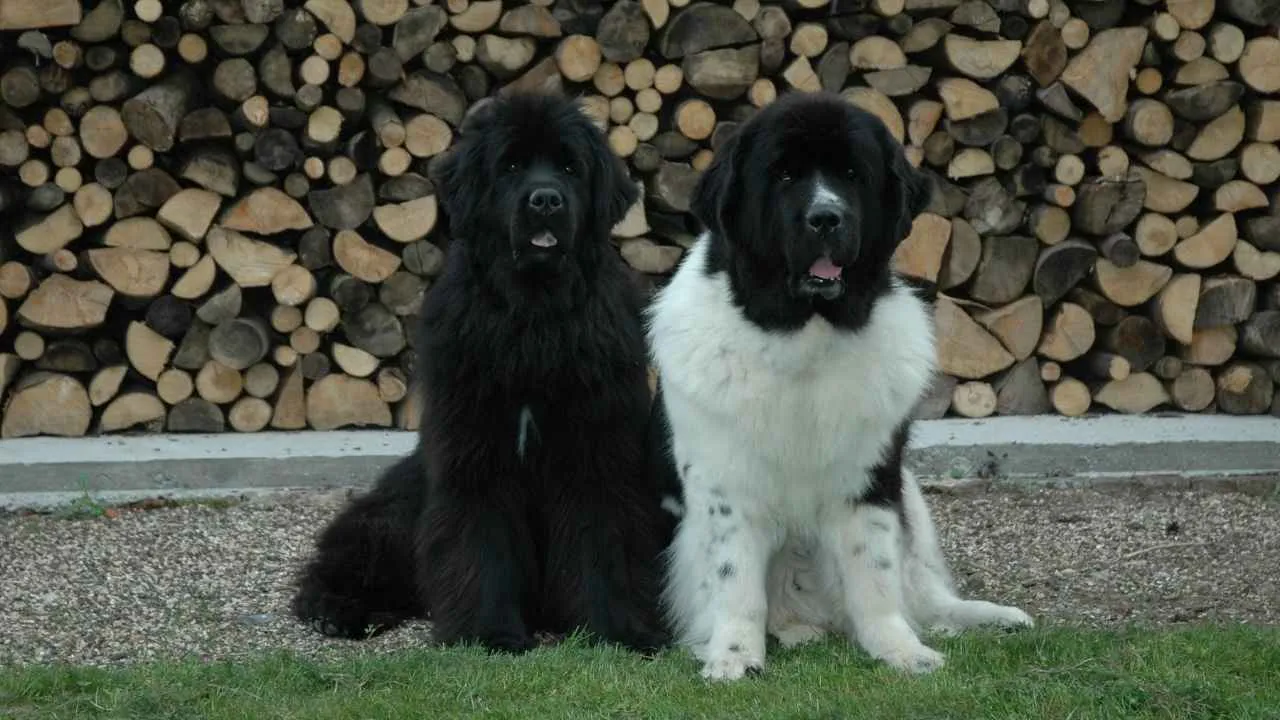
Among the most iconic giant breeds, the Newfoundland is as famous for its sweet, mellow nature as it is for its sheer size and strength.
Adult males can weigh between 130–150 pounds and stand 28 inches or taller, with females just slightly smaller. But it’s their sweet temperament that wins hearts—these dogs are gentle giants in every sense.
Born to Save Lives
Newfoundlands were originally bred in Canada as working dogs for fishermen. Their thick, water-resistant double coat, webbed feet, and powerful limbs made them natural swimmers capable of hauling fishing nets—or even rescuing drowning people.
To this day, they’re known for their lifesaving instincts and are often used in water rescue training programs across Europe.
Family-Oriented & Incredibly Loyal
Newfies are calm, loving, and patient—especially with children. Their nurturing instincts are so well-known that they’ve earned the nickname “nanny dogs”, as PattePedia claims.
While they form strong attachments with their families, they’re not clingy or anxious, making them excellent companions for multi-pet households or relaxed lifestyles.
Exercise & Grooming Needs
Despite their size, Newfoundlands don’t require excessive exercise. Regular daily walks and occasional swimming sessions will keep them content. Their thick coat, however, does shed heavily, especially seasonally, so weekly brushing (and a powerful vacuum) is a must.
3. Saint Bernard
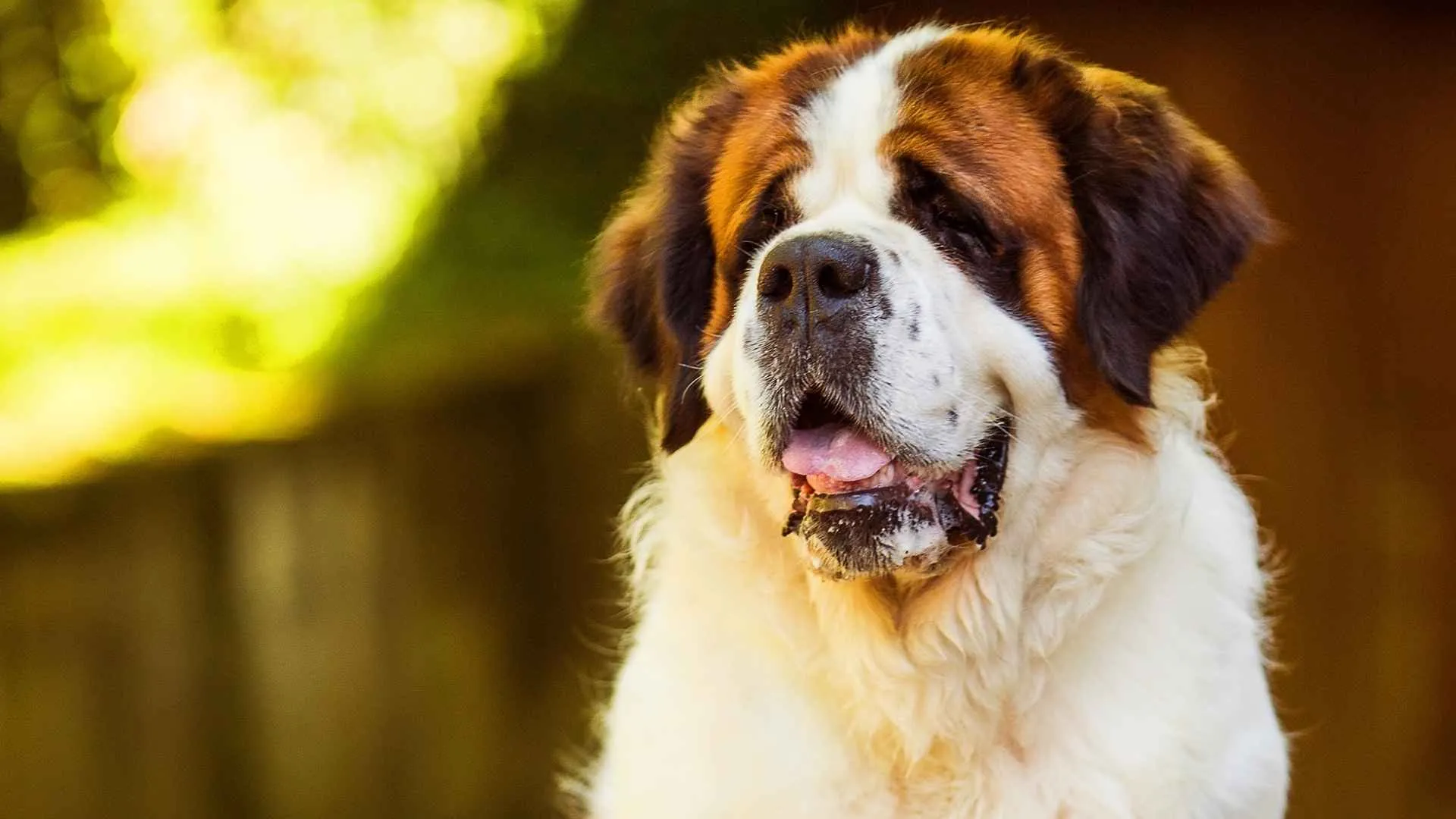
The Saint Bernard is one of the most recognizable large dog breeds in the world—and with good reason. This majestic breed originated in the Swiss Alps and was originally developed by monks at the Saint Bernard Hospice to locate and rescue travelers lost in the snow.
Massive, Yet Mellow
Weighing between 140–180 pounds, Saint Bernards are true giants, but their nature couldn’t be gentler. Known for their patience and loving disposition, they make wonderful family companions.
Despite their size, they are surprisingly good with children and usually get along well with other dogs, especially when socialized early.
What to Expect at Home
Saint Bernards are laid-back indoors but still need daily walks to keep them fit and happy. They thrive in cooler climates and do best in homes with ample space, not ideal for apartment living.
Their thick, double coat sheds year-round and requires regular grooming to keep mats and tangles under control.
Training & Care Tips
Because of their strength, early obedience training is crucial. These dogs respond best to gentle, positive reinforcement. While they aren’t overly active, they do have growth-related joint issues as puppies, so it’s important not to over-exercise them too soon.
4. Dogue de Bordeaux
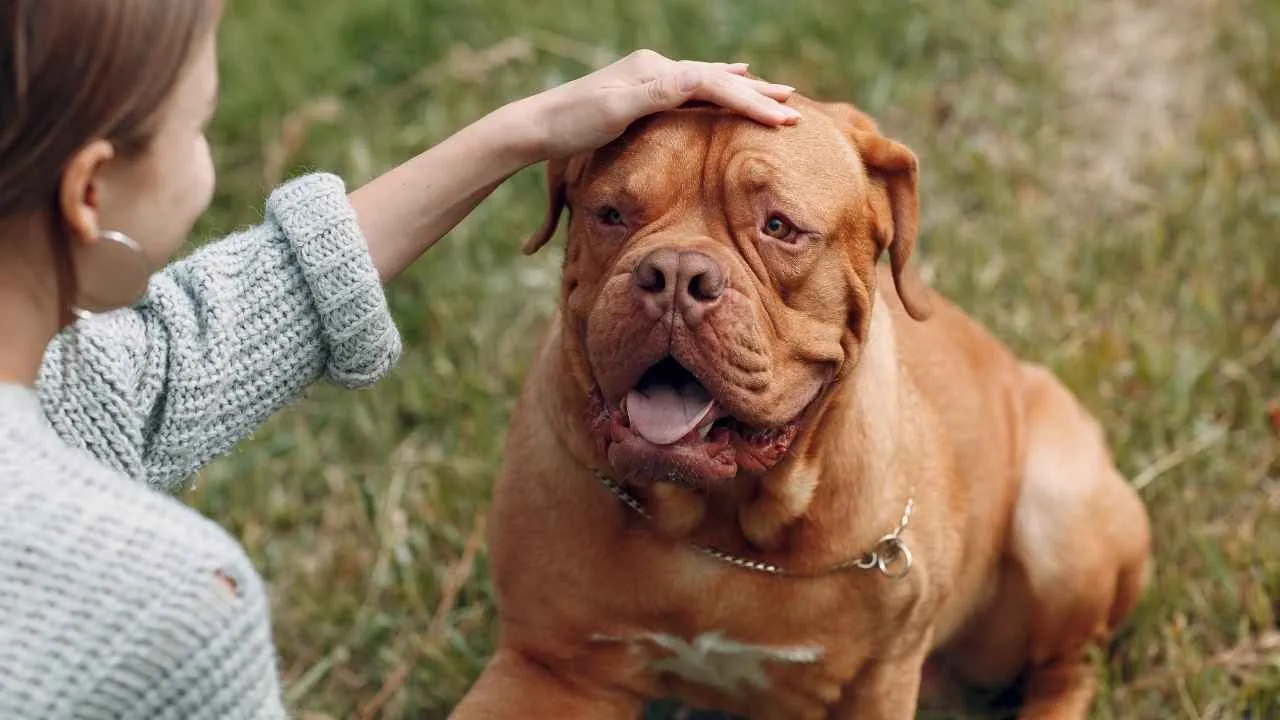
The Dogue de Bordeaux, also known as the French Mastiff, is one of the oldest French dog breeds. This muscular giant has a powerful frame, with adult males often weighing over 110 pounds. While intimidating in appearance, this breed is deeply loyal and affectionate with its family.
Ancient Roots With a Working Spirit
Originally bred in France for guarding estates and pulling carts, the Dogue de Bordeaux was also used to protect livestock and even participate in boar hunting. Their strong guarding instincts persist today, but with proper training and socialization, they become devoted companions.
Temperament & Living Needs
This breed is calm, steady, and deeply attached to their people. They thrive in homes where they’re not left alone for long hours. Their protective nature means they can be wary of strangers and other dogs if not well-socialized from an early age. Despite their size, they’re not overly energetic—they prefer short walks and relaxing with their humans.
Health & Grooming
As with many large dogs, the Dogue de Bordeaux is prone to joint issues and a relatively short lifespan (typically 5–8 years), as mentioned in PetMD. Regular vet checkups, weight management, and joint support are essential.
Their short coat is easy to maintain, but those signature facial wrinkles need routine cleaning to prevent infections.
5. Great Pyrenees
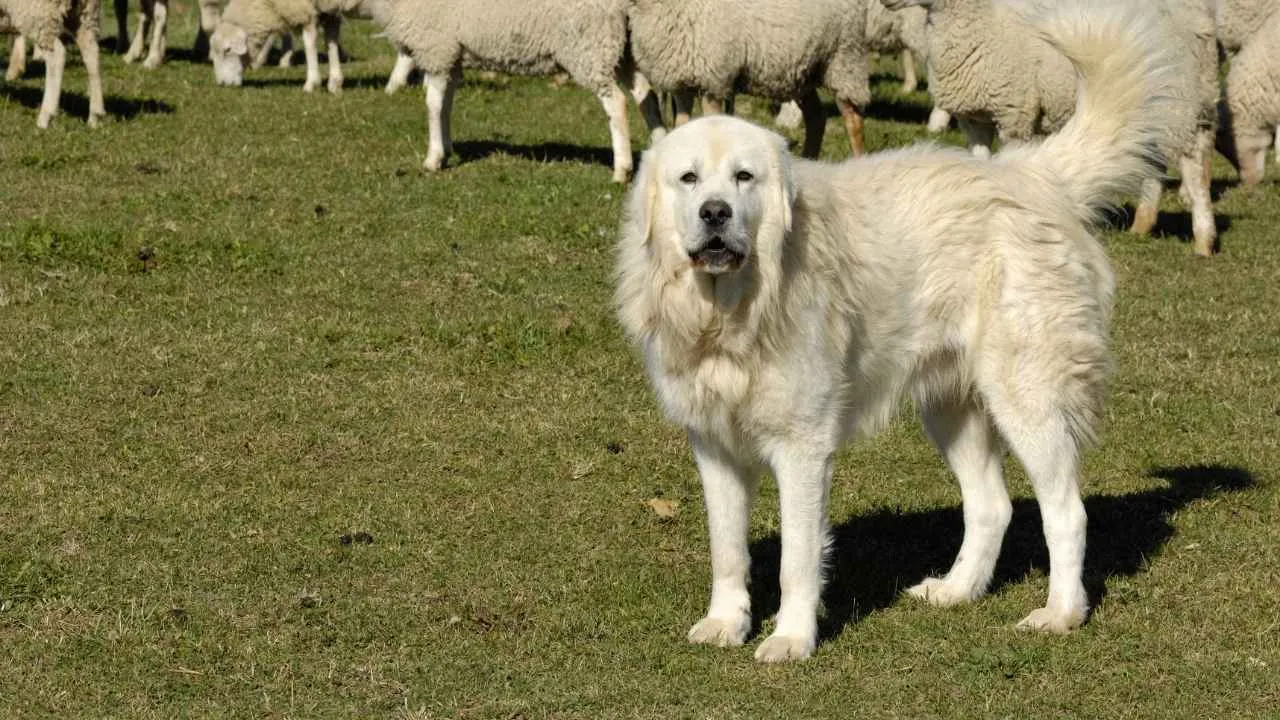
The Great Pyrenees is a gentle giant with a long history as a livestock guardian in the Pyrenees Mountains between France and Spain. With their thick white coats and regal presence, these dogs are both beautiful and brave, always watching over their family or flock with quiet strength.
Independent Thinkers With a Gentle Side
While they’re famously good-natured, the Great Pyrenees is also known for being independent and strong-willed. That’s why early training is essential to teach them boundaries and build trust.
They’re not as eager to please as some breeds, but with patience and consistency, they can become well-mannered and dependable companions.
Socialization & Exercise Needs
Because of their natural guarding instincts, early socialization is key to helping the Great Pyrenees feel more comfortable around new people and other dogs.
Despite their calm demeanor, these dogs still need enough exercise—daily walks, space to roam, or a secure yard where they can patrol will help prevent boredom and stubborn behavior.
Home Life & Grooming
The Great Pyrenees is best suited for families who can provide time, space, and a strong fence. Their double coat sheds year-round, especially during seasonal changes, and requires regular brushing to prevent matting.
6. Neapolitan Mastiff
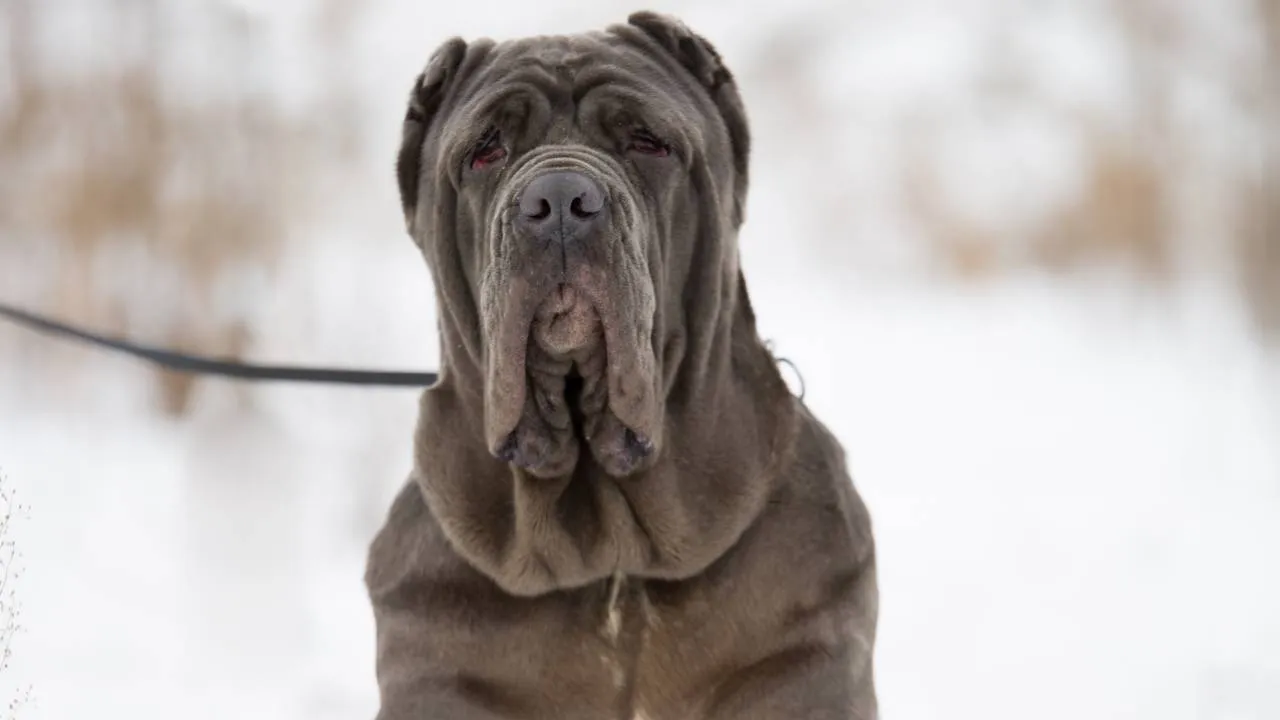
The Neapolitan Mastiff is a powerful and protective dog breed known for its deep wrinkles, loose skin, and intense stare.
Hailing from ancient Italy, they were bred as guardians, and their presence alone is enough to deter any intruder. Among the biggest dog breeds, few match their sheer bulk and imposing appearance.
Gentle Giants With the Right Guidance
Despite their intimidating look, Neos are known to form strong bonds with their families. However, they are not ideal for first-time owners.
These dogs need the right training from an early age to develop into stable, well-behaved companions. Without proper guidance, their protective instincts can become difficult to manage.
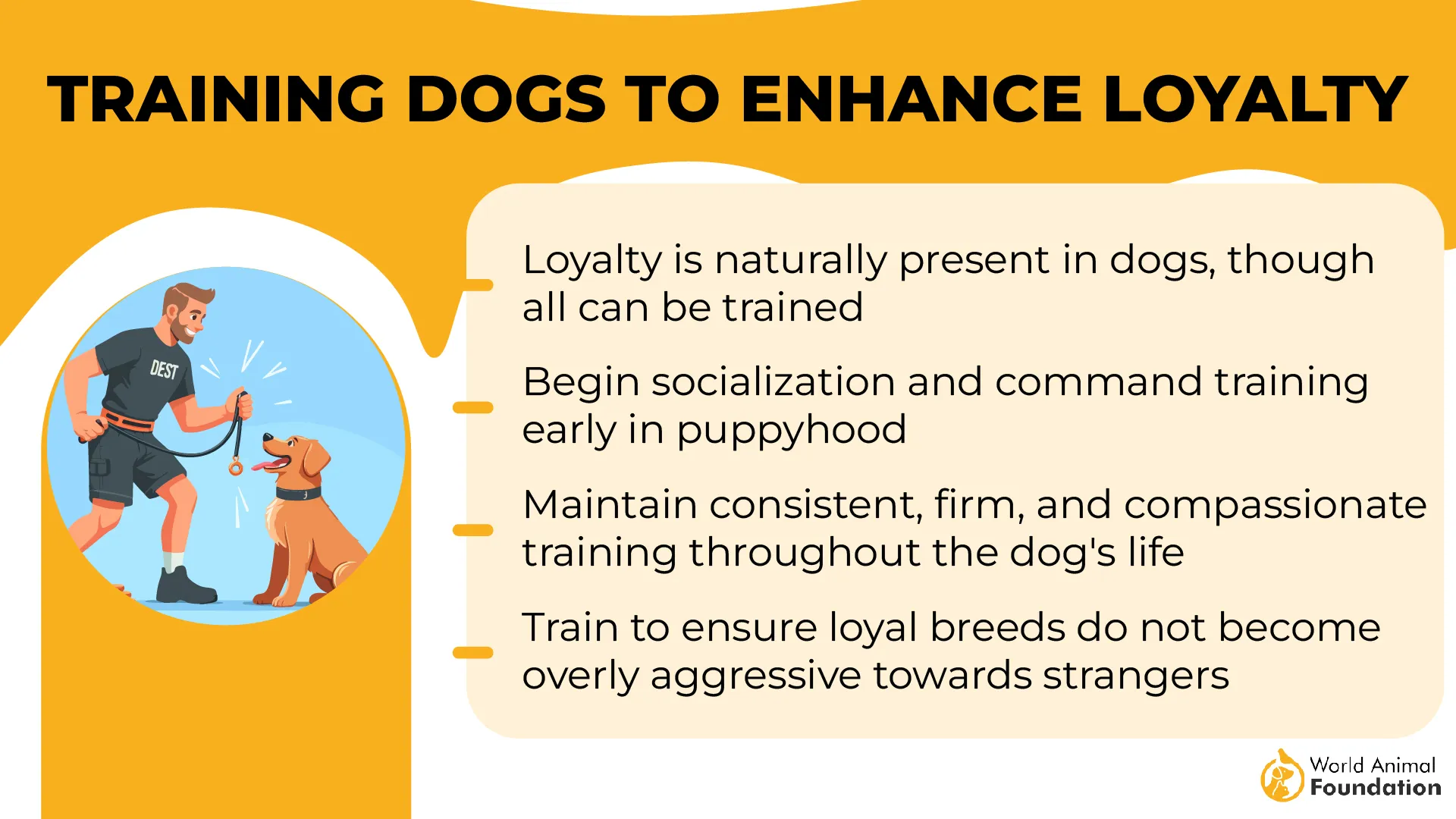
Daily Needs for a Calm Companion
While they’re not hyperactive, Neapolitan Mastiffs still benefit from daily exercise to maintain a healthy weight and prevent stiffness in their joints.
Short walks and structured play in a secure area are usually sufficient. Avoid excessive physical strain, especially during puppyhood, to protect their growing bones.
Living With a Neapolitan Mastiff
Due to their size, drooling tendencies, and strong guarding instincts, they thrive best in homes with space and experienced dog owners who respect the breed’s unique temperament.
7. Tibetan Mastiff
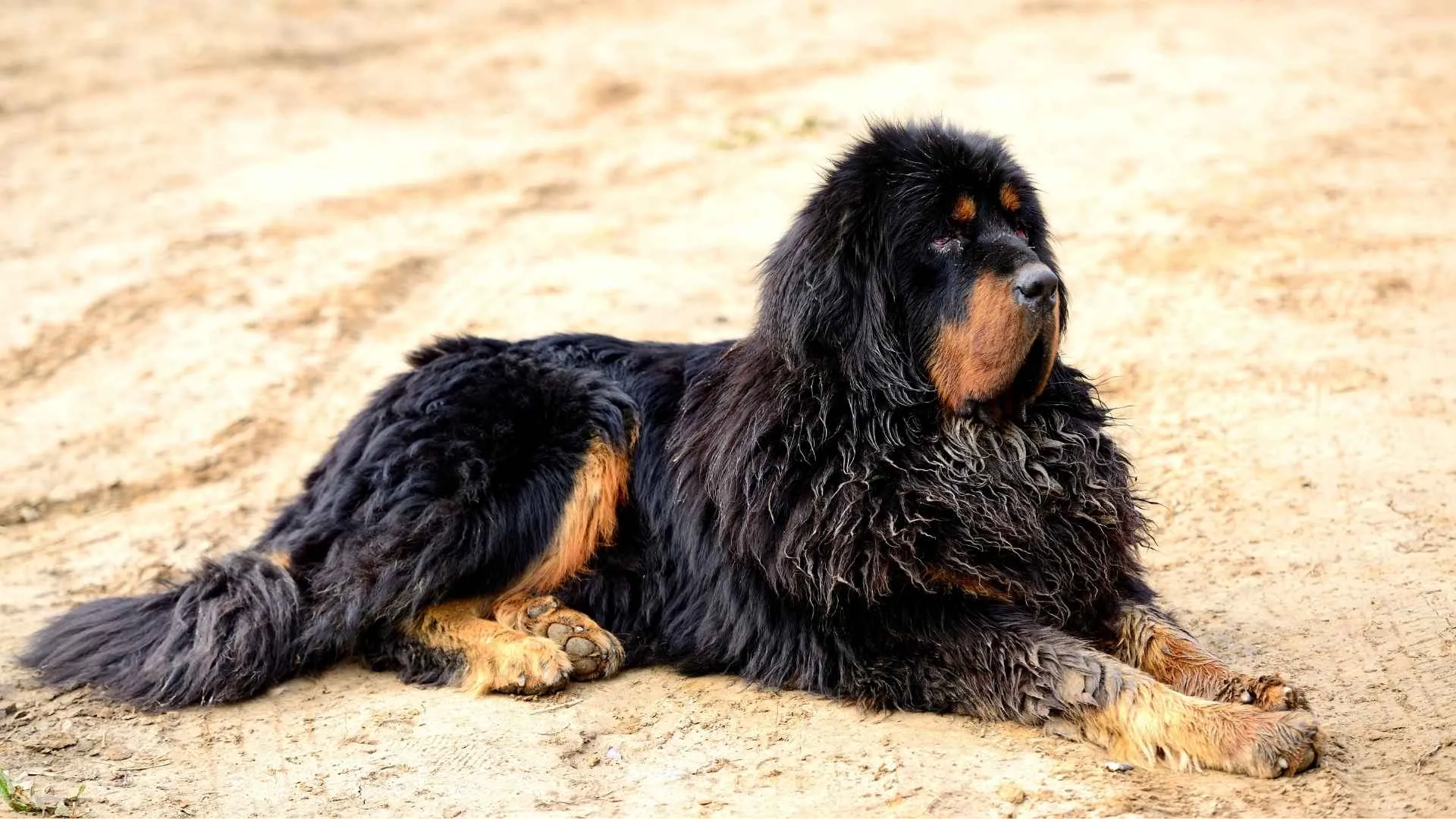
The Tibetan Mastiff is one of the most awe-inspiring giant dogs in the world, both in appearance and heritage. Originally developed to withstand the harsh climates of the Himalayas, these dogs were used by nomadic tribes to protect sheep from predators like wolves and leopards.
True to Their Role as Guard Dogs
Tibetan Mastiffs are guard dogs in the truest sense. They’re independent thinkers who don’t look to humans for constant direction, making them both majestic and challenging.
They are deeply loyal to their families but naturally aloof with strangers, and they will instinctively watch over your property without needing to be told.
Lifestyle and Living Considerations
These dogs don’t do well in apartments or homes without a secure, fenced yard. They need room to roam and time outdoors, especially in cooler weather.
Despite their massive build, they are not overly active indoors but need mental stimulation and occasional vigorous exercise.
Is a Tibetan Mastiff Right for You?
They are not for novice owners. These dogs thrive best with experienced handlers who understand their stubborn streak and can establish respectful leadership without force. If raised well, their calm confidence and dignified demeanor make them unforgettable companions.
Conclusion
Big dogs bring big joys and challenges. Whether you’re drawn to the tallest breed like the Irish Wolfhound or prefer the protective nature of a Tibetan Mastiff, these giants offer something small dogs simply can’t—a presence that fills both your home and heart.
Each of these pups needs an owner who understands their unique needs, from the smart Newfoundland with its water rescue instincts to the Saint Bernard’s gentle nature around kids. Remember that bringing home any giant breed means committing to special care, more space, and yes, bigger food bills!
But ask any owner of these massive dogs, and they’ll tell you—the strong sense of loyalty and love these gentle giants provide makes every pound worth it. After all, the biggest dogs often have the biggest hearts.


